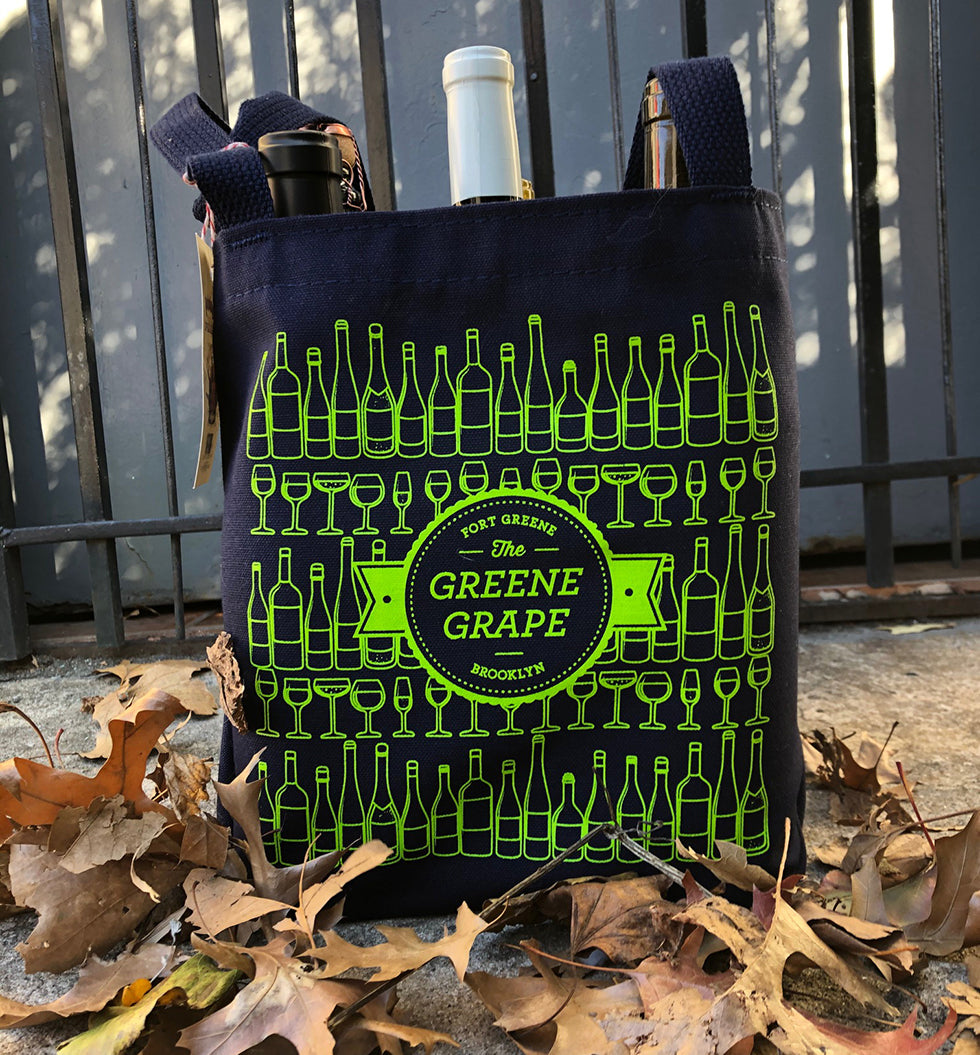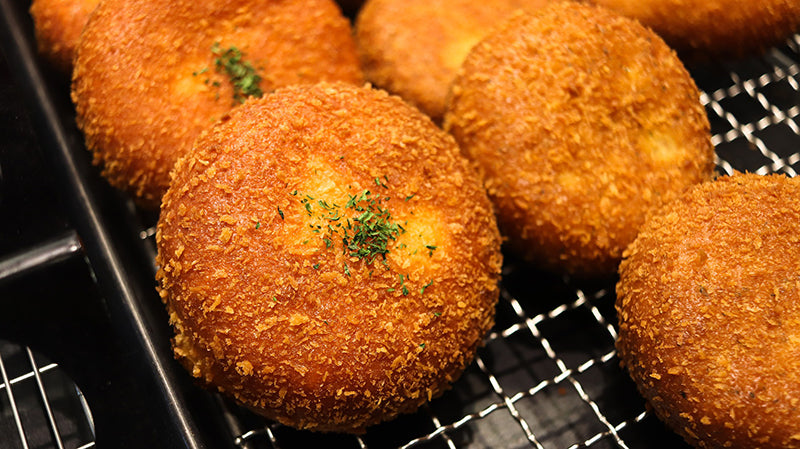
Pairing Tips for Turkey Day
It’s that time of year again! It’s time to batten down the hatches, fire up your ovens, and open your hearts and your favorite cookbooks to nourish those you love. Whether you’re curating a small, socially distant gathering or feasting with roommates and friends, you’re gonna need plenty of food and—most importantly—wine!
Planning a no-fuss affair? There's still time to order Turkey, sides and pie from Provisions, and our Wine & Spirits team has taken the guesswork out of pairing with our one-of-a-kind All-American Wine Six Pack, featuring truly amazing bottles from sea to shining sea, packaged in our all new reusable (not to mention gift-able) tote!

Feeling adventurous? Maybe you want to curate your own epicurean experience this holiday? Here’s our wine pairing survival guide to make sure whatever you put on your table is going to complement your meal, and impress and delight even the most *ahem* challenging of guests.
Let’s start with the basics. The main flavor players to consider in any given dish are salt, acid, fat, bitter, sweet, spice, and texture. Break down your meal components into their dominant players and go from there. For example, baked mac and cheese or mashed potatoes are dominated by salt and fat (mmm, butter) with a creamy, while roasted Brussels sprouts with balsamic glaze are dominated by bitter and acid (with a splash of sweet) and a crunch texture. In the first case, look for a wine that will either complement or contrast the creamy texture, and provide lift to the salt and fat combination, allowing the flavors of the cheese, potatoes, cream and delicious butter to shine.
The next component to consider is the intensity of the dish. Is it super light, for example, a frisee salad or deliciously rich, like roast duck or deep-fried turkey? The wine should match the intensity of the dish. For instance, a Chablis is relatively light with high acidity, so it’s a great option for turkey or fish. Pinot Noir is also light-bodied, with low tannins, so loaded eggplant parm would overwhelm it. Cabernet Sauvignon or Nebbiolo, with its strong tannins and fuller weight on the palate, would be a better bet. With bitter green or spicy dominated foods, for example, the key is complementary flavor! Wines with green, vegetal notes, like Sauvignon Blanc, Gruner Veltliner, or Cabernet Franc are best for things like green bean casserole, those roasted Brussels, and salads.
Once you’ve pulled out the flavors of your dish and figured out the components of your wine the final step is figuring out what you want that wine to do. That is to say, do you want the wine to complement and contrast an already prominent feature in your dish. Think a fatty dish with a high acid wine. Or you can pair it with something that has a creaminess to it (think a buttery chardonnay) to even further enhance the creaminess of the dish.
There are virtually endless flavor combos to play with so don’t be shy, always feel free to come into the store and bounce ideas around with our sales team, it’s literally our favorite thing to do. We’ve gone ahead and made you a little cheat sheet just in case, with a few recommendations from our upcoming cellar release that are excellent on their own or a good jumping-off point for your own great finds.
Crisp and dry whites to start with, or to pair with lighter dishes:
- Carl Ehrhard “Frau Ehrhard Naturlich” Riesling Trocken 2017 (Germany, $29)
- Chateau Turcaud Entre-Deux-Mers 2018 (France, $15.50)
Deep and savory whites with complexity and body:
- Rafael et Fils "Pour Rosie" Chardonnay 2017 (U.S, $32)
- Cantine Benvenuto Zibibbo 2019 (Italy, $24.50)
Lighter, aromatic reds with bright acidity:
- Aegerter Reserve Personelle Volnay 2017 (France, $65)
- Forlorn Hope “Queen of the Sierra” 2018 (U.S., $22.50)
Savory and complex reds with grip:
- Fratelli Alessandria "Gramolere" Barolo 2012 (Italy, $66)
- Stolpman Vineyards “Love You Bunches” 2018 (U.S., $27.75)
Sometimes you just want to add sparkle. These can help:
- Herbert Beaufort Grand Cru Bouzy Blanc de Noirs NV (France, $49.50)
- Tenute Belvedere WAI Bianco Vino Frizzante (Italy, $23.75)


